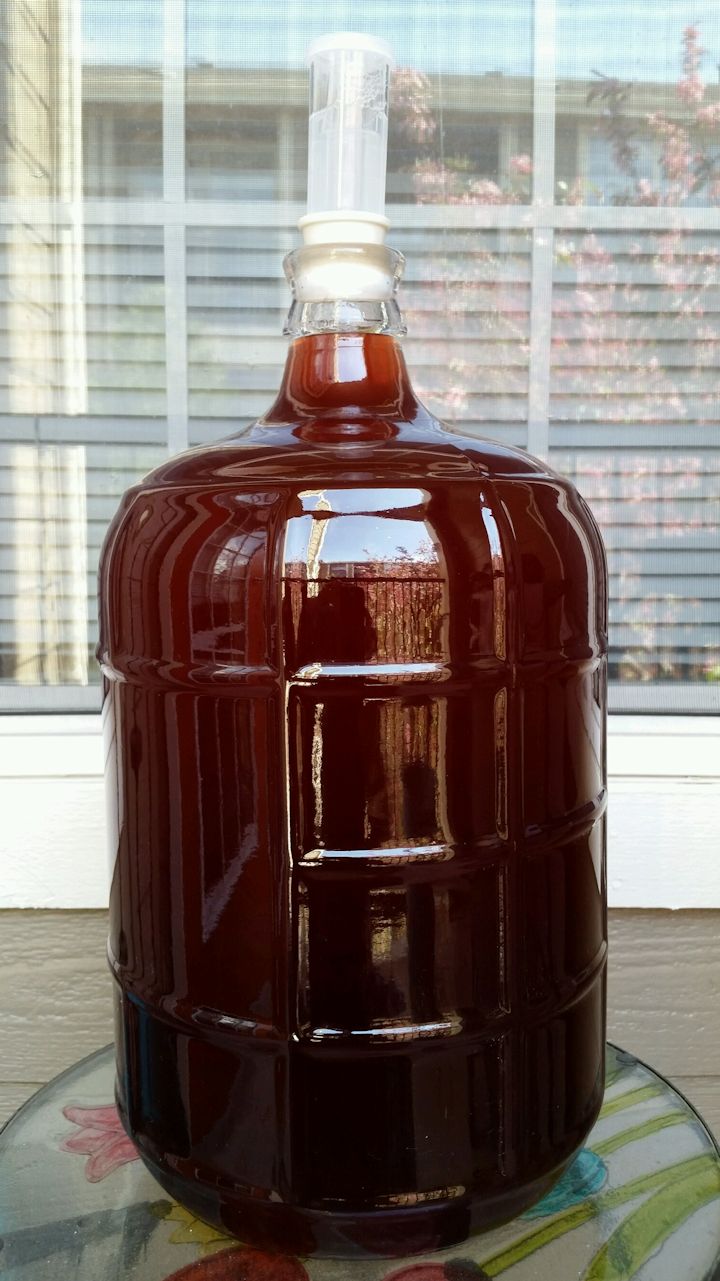I am planning on making a batch of mead here soon and I came up with the idea of a Pomegranate Melomel. I'm planning on a three gallon batch. It has been a long time since I attempted a mead and the result back then was a very high grade rocket fuel. I've been looking at the information on mead making and it sounds like there are a lot of things that can be done to make it better. My last attempt was honey, water, yeast nutrient, Champagne yeast, and acid blend all dumped into the fermenter at once. It fermented out quite well and was VERY hot. Even after 1 year. I plan on using some of the modern methods I have found here and hope for a better end result. I don't want the Melomel to be too dry so I was thinking about slightly back sweetening it before bottling. I haven't decided if it should be still or sparkling. I would force carb if I make it sparkling. I'll have to play with the recipe to get the OG to 1.100.
Questions I have:
1. Should I use Pomegranate juice or the seeds?
2. If I use the seeds should I crush them somehow before adding?
3. Would I back sweeten with Pomegranate juice, honey, or both?
4. How much juice or seeds should I use?
Questions I have:
1. Should I use Pomegranate juice or the seeds?
2. If I use the seeds should I crush them somehow before adding?
3. Would I back sweeten with Pomegranate juice, honey, or both?
4. How much juice or seeds should I use?










